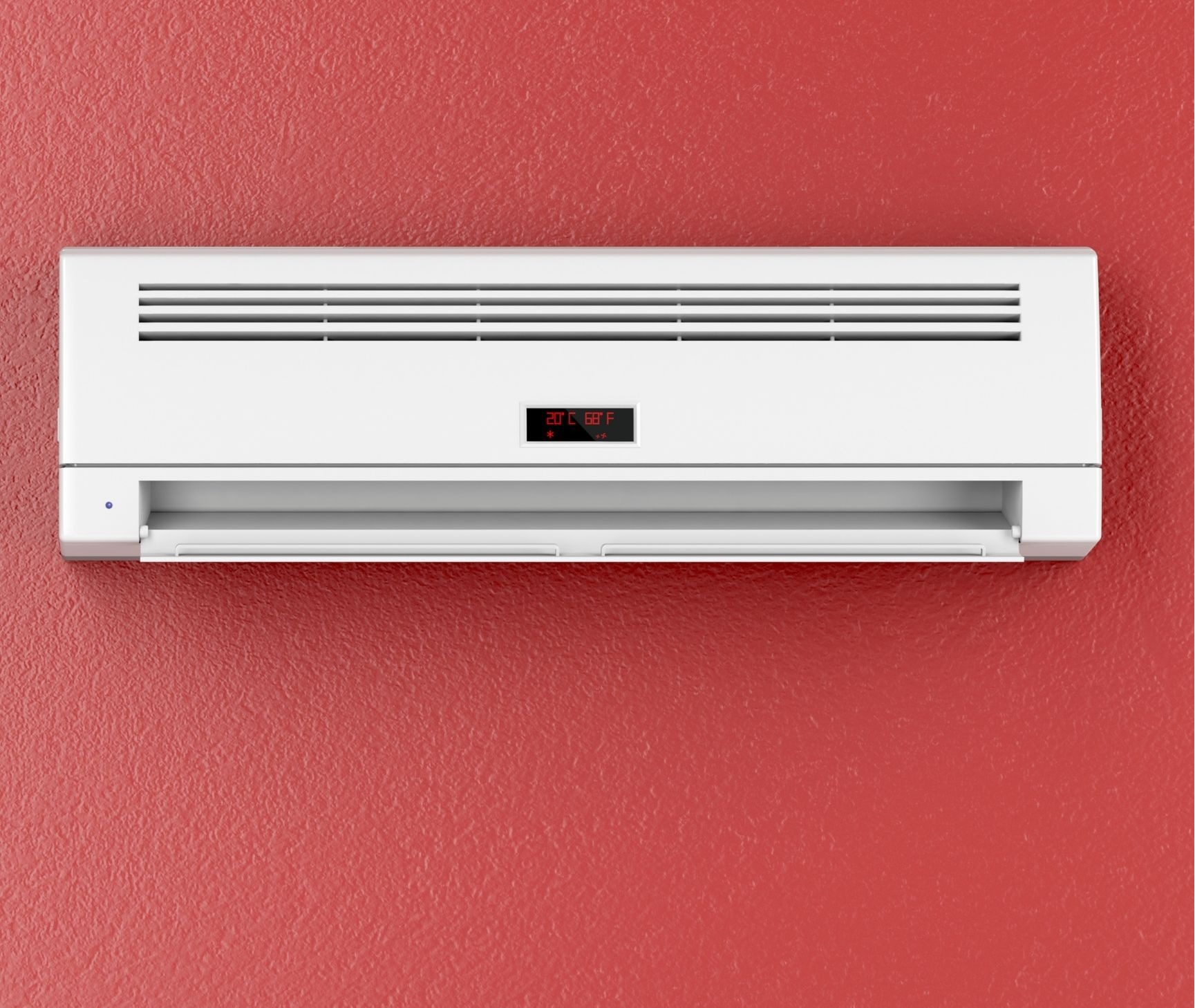Is your AC making noise?
Or does it make a loud noise when starting up or shutting down?
Most of the time it’s pretty easy to tell when the air conditioner is making a noise that you are not familiar with. Most of the time.
The air conditioner turning on and air compressor buzzing, pretty much just fade into the background.
So when you hear your AC making unfamiliar noise, it can be disconcerting and that’s the time to act. A little sound or a little problem can turn into a big problem fast when neglected.
Here is a short list of different noises your AC can make.
1. AC making rattling noise
When your AC is making a rattling noise outside, the easiest thing to do is inspect the outside of the unit. It could be as simple as one of the side panels has loosened and it’s rattling back and forth while the AC is running.
Debris like Sticks on the outside of the unit can get stuck and rattle when the compressor is on also. Be sure to clean the outside of the machine well.
However, if the rattling is coming from inside of the AC unit and sounds more like a mechanical issue, it could be the fan blower motor.
2. AC making whistling noise
A whistling noise coming from your AC is more than likely a blockage somewhere that is causing air to be forced through.
Things you can check:
- Clogged or dirty filters
- Something blocking or covering up a vent
- Register vents that have been closed
Della 12000 BTU Energy Star Window Air Conditioner
Smart WiFi
Covers 450 Sq Ft Click Here For More Info
3. AC making clicking noise
A clicking sound in the air conditioner is likely pointing you to something obstructing the fan blade or a fan blade that has gotten bent and is out of balance.
Clicking or crackling can also indicate a door or side panel that is not tightened down fully and is knocking back and forth.
If your AC is making a clicking or crackling noise and it’s not easily identifiable by inspecting the outside of the unit, just like any suspicious sound
In your air conditioner, it’s worth having it inspected.
4. AC making humming noise
A humming noise coming from the AC is usually very common. The sound from the compressor running is usually described as a humming noise.
But a motor that is seized can also make a loud humming noise. If your air conditioner is not coming on and you hear a loud humming noise, then your compressor has a serious issue and you need to call a tech right away.
5. AC making gurgling noise
A gurgling noise coming from your air conditioner is going to be related to liquid somehow.
- Condensate pump
A condensate pump is used to pump the water in the drain pan outside.If the condensate pump is leaking, it can make a gurgling sound. - Clogged drain pipe
A gurgling sound can come from an obstructed drain pipe. If you have a clogged drain pipe or a leaky condensate pump, the next progression is water leaking inside. It needs to be fixed right away. - Refrigerant levels.
If the refrigerant lines have air in them, the sound could be described as a gurgling noise. Though common, it is not natural and should be inspected.
6. AC making hissing noise
A hissing noise coming from the AC means there is a leak somewhere.
Just like a tire that has a nail in it, and hisses as the air is escaping through that small hole,
When the AC is hissing, there is either air or refrigerant gas escaping somewhere.
As you can guess, this is an issue you want to have inspected as quickly as you can.
Not only will you have diminished results with your air conditioner until you do, you do not want to risk anything being wrong with your compressor. A very expensive fix.
7. AC unit making beeping noise
A beeping noise coming from your AC is typically an alert letting you know that it is either time to replace something or switch to a different setting.
Some alerts include:
- Scheduled Filter replacement
- Excess condensation
- Low thermostat batteries
8. Air conditioner making pulsating noise
An air conditioner making a pulsating noise is usually just the ebb and flow of the compressor cycling. If the pulsating sound is a constant, it could be that the compressor is poorly insulated which makes it easier to hear.
If the AC is making a pulsating noise that is not typical, it could possibly mean something has come loose and is vibrating extra loud.
Shinco 8,000 BTU Portable Air Conditioner
Built-in Compressor, with Cooler, Dehumidifier, Fan, Cools Rooms up to 200 sq.ft, Remote Control, Exhaust Hose, Complete Window Mount Exhaust Kit Click Here for more info
9. Air conditioner surging sound
An air conditioner making a surging or pulsating sound is generally the amplified sound of the compressor cycling on and off.
If one of the components of your AC unit is against the frame of the house, the sound of the compressor could throughout the house. Even the compressor that is not insulated could be amplified by the vent system.
10. AC vibration noise
A Vibrating noise in the AC could indicate a lack of airflow caused by the extra force it takes to pull the air through the system.
You could also mean that something like a side panel has worked itself loose and is making a vibrating noise.
Cleaning the filters and giving the AC a good overall cleaning will typically remove these small vibrating noises.
But if the vibration is new and very noticeable, it could indicate something worse.
Having a Tech inspect your unit is a worthwhile investment to keep your AC running well.
11. AC unit buzzing every few minutes
An AC unit that buzzes off and on every few minutes is an indicator that you have a problem.
- Balance
An easy place to start is to check out AC housing itself and make sure that it is not out of balance. - Frozen over
Another easy reason is that the AC is frozen over. Which generally means a clogged air filter. - Screw loose
A buzzing sound every few minutes in your AC could also mean that something has worked itself loose and is vibrating every few minutes. - Compressor
Worst case scenario, there is something malfunctioning inside of your compressor. The compressor is easily the most expensive part to replace on your AC so having it inspected as soon as possible is suggested.
12. Air conditioner squealing noise
When the air conditioner has a squealing noise the most likely culprit is a fan belt. The belt that connects the fan blower to the motor may have gotten out of line or maybe ready to break.
The squealing or squeaking noise coming from a fan belt is an indicator do you have it checked or changed.
You can still run the AC with the squealing noise, but when the belt breaks, there won’t be any cool air till you get it fixed.
13. AC making loud noise inside the unit.
If your AC is making a loud noise inside the unit, it is more than probable that something has broken or come completely loose.
Even if your AC is only making a loud noise when it is starting, something has gotten out of balance or broken.
It’s impossible to tell what has broken till you get inside and inspect it.
Nevertheless, you should have it looked at immediately.







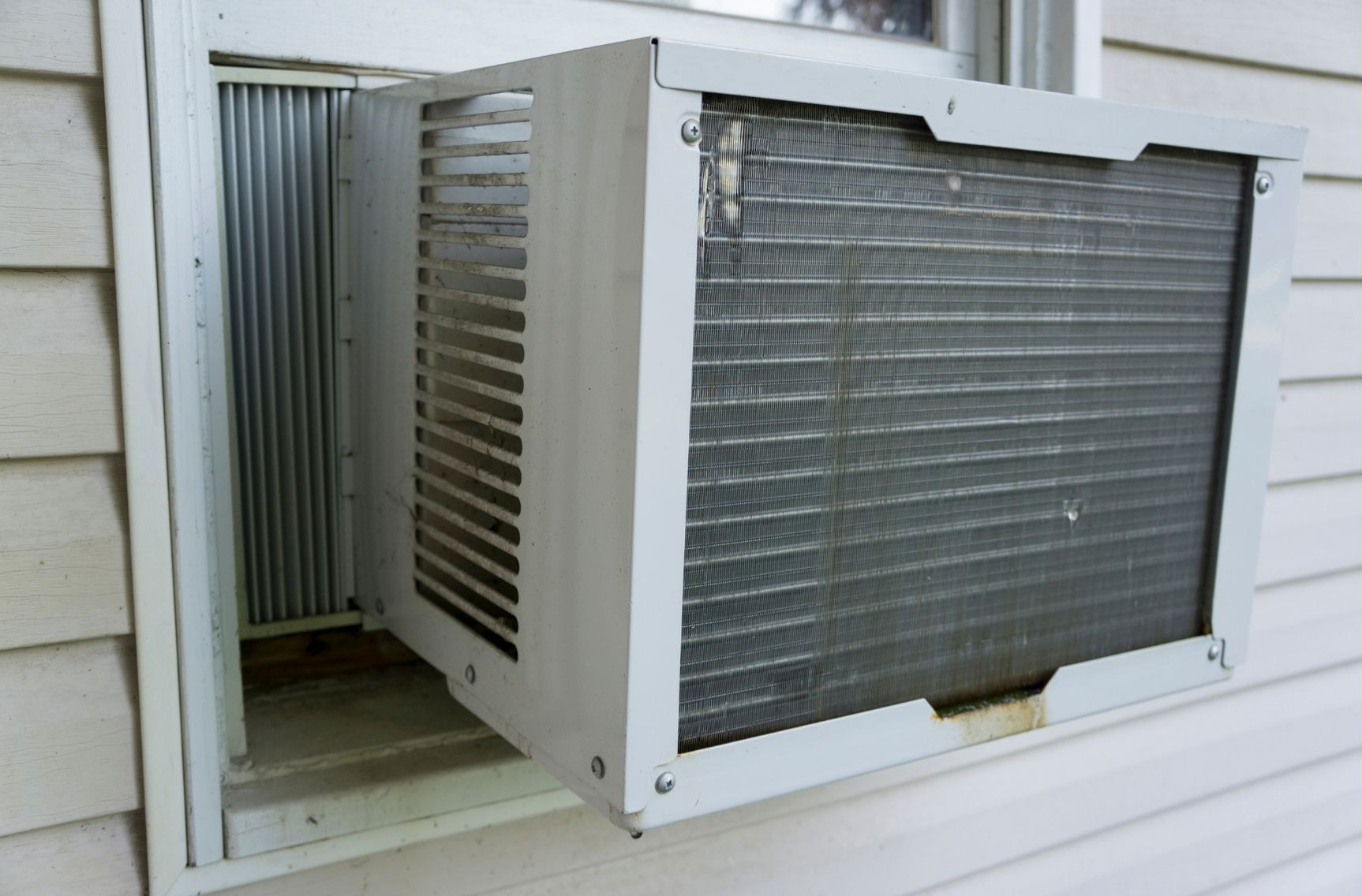
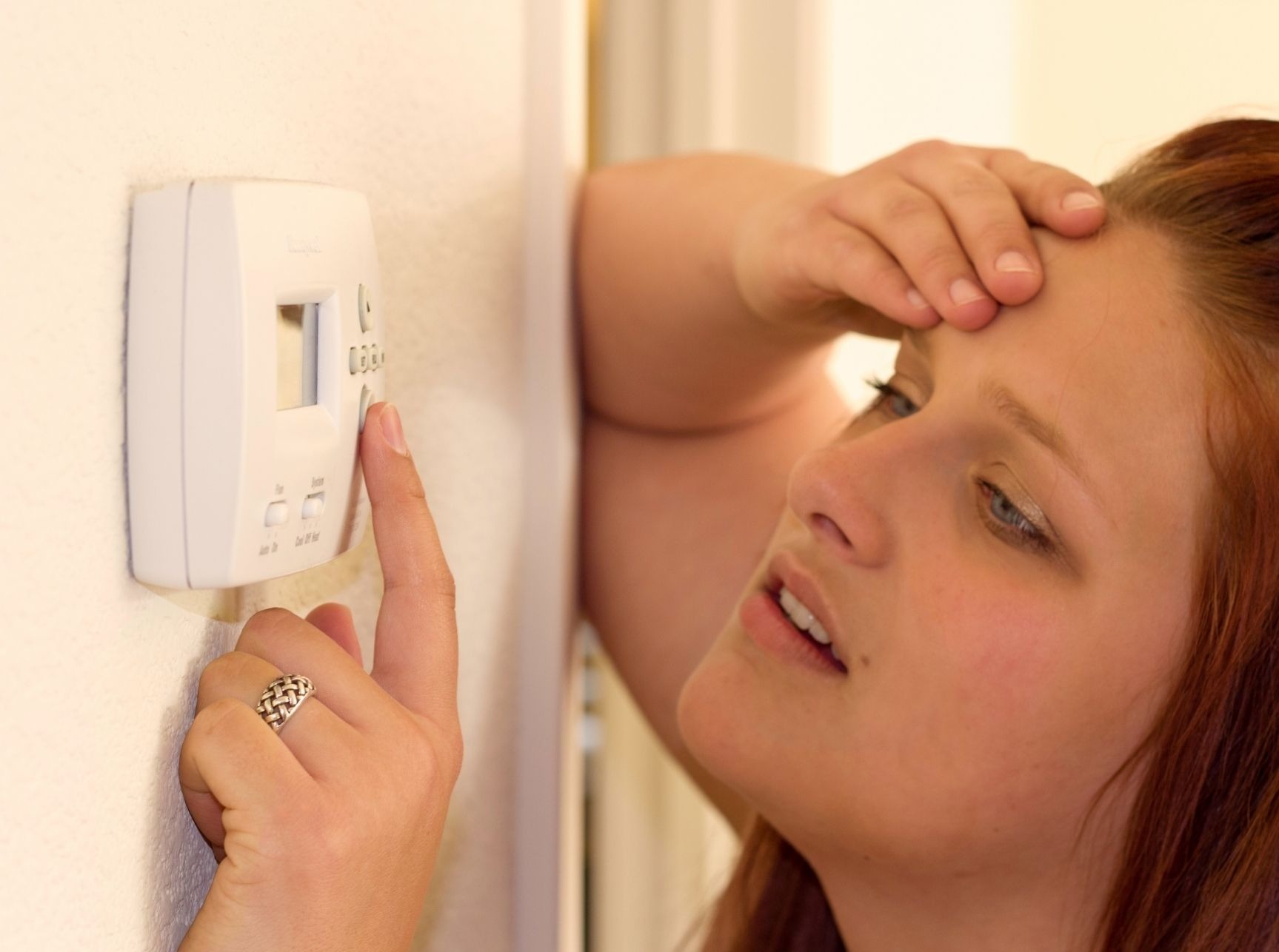
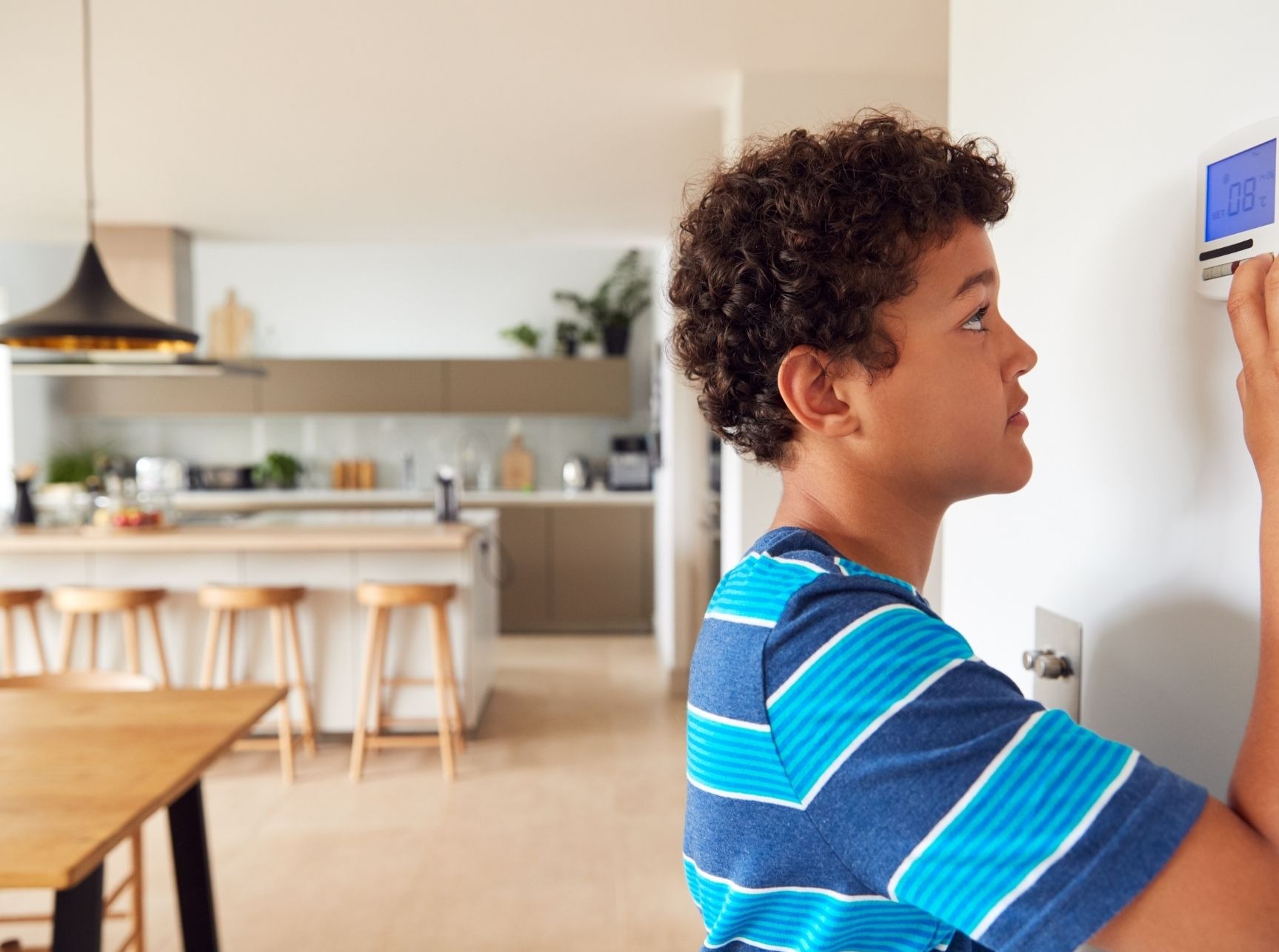 Honeywell thermostat “Return” blinking
Honeywell thermostat “Return” blinking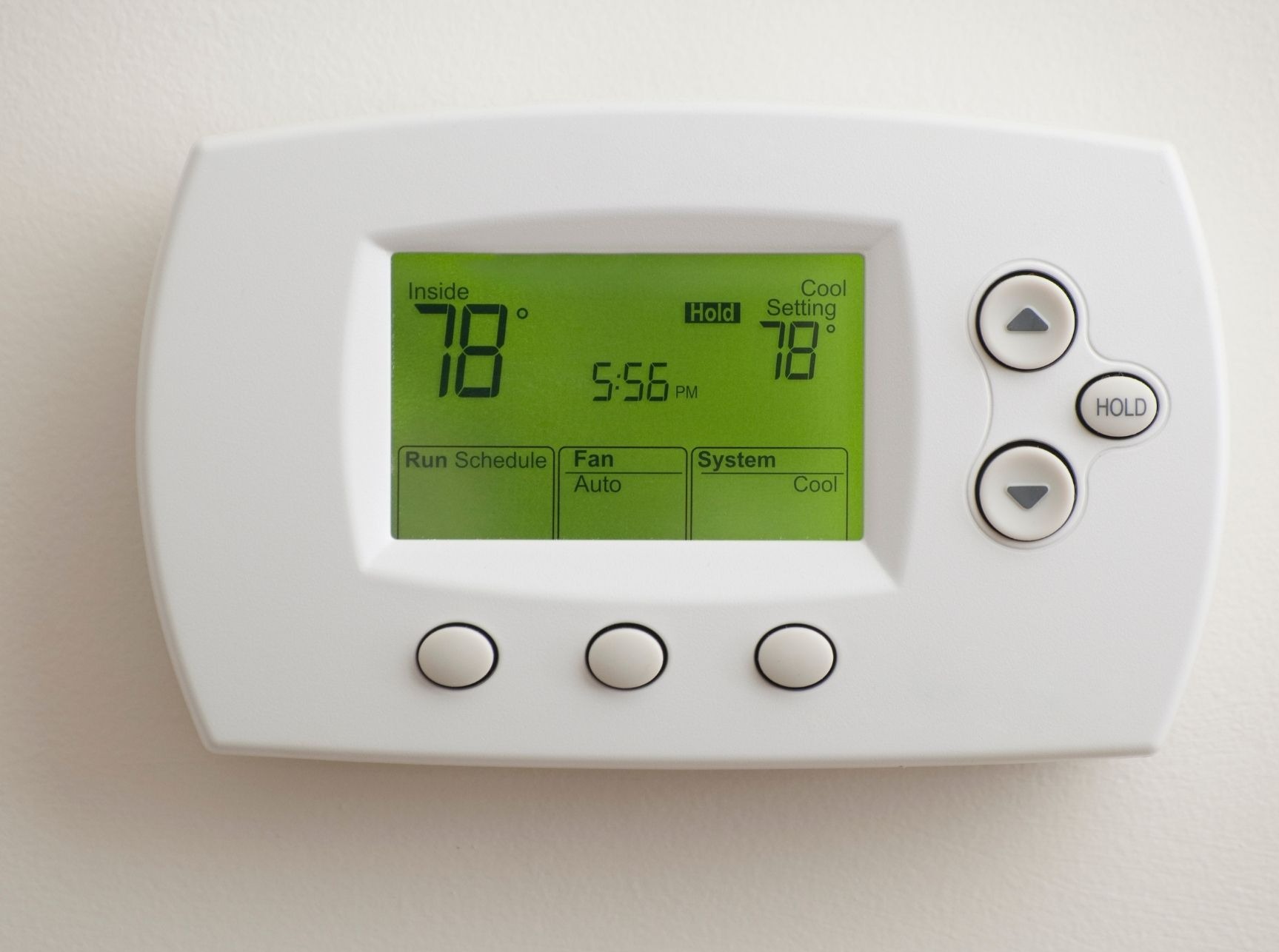 Honeywell thermostat reading wrong temperature.
Honeywell thermostat reading wrong temperature.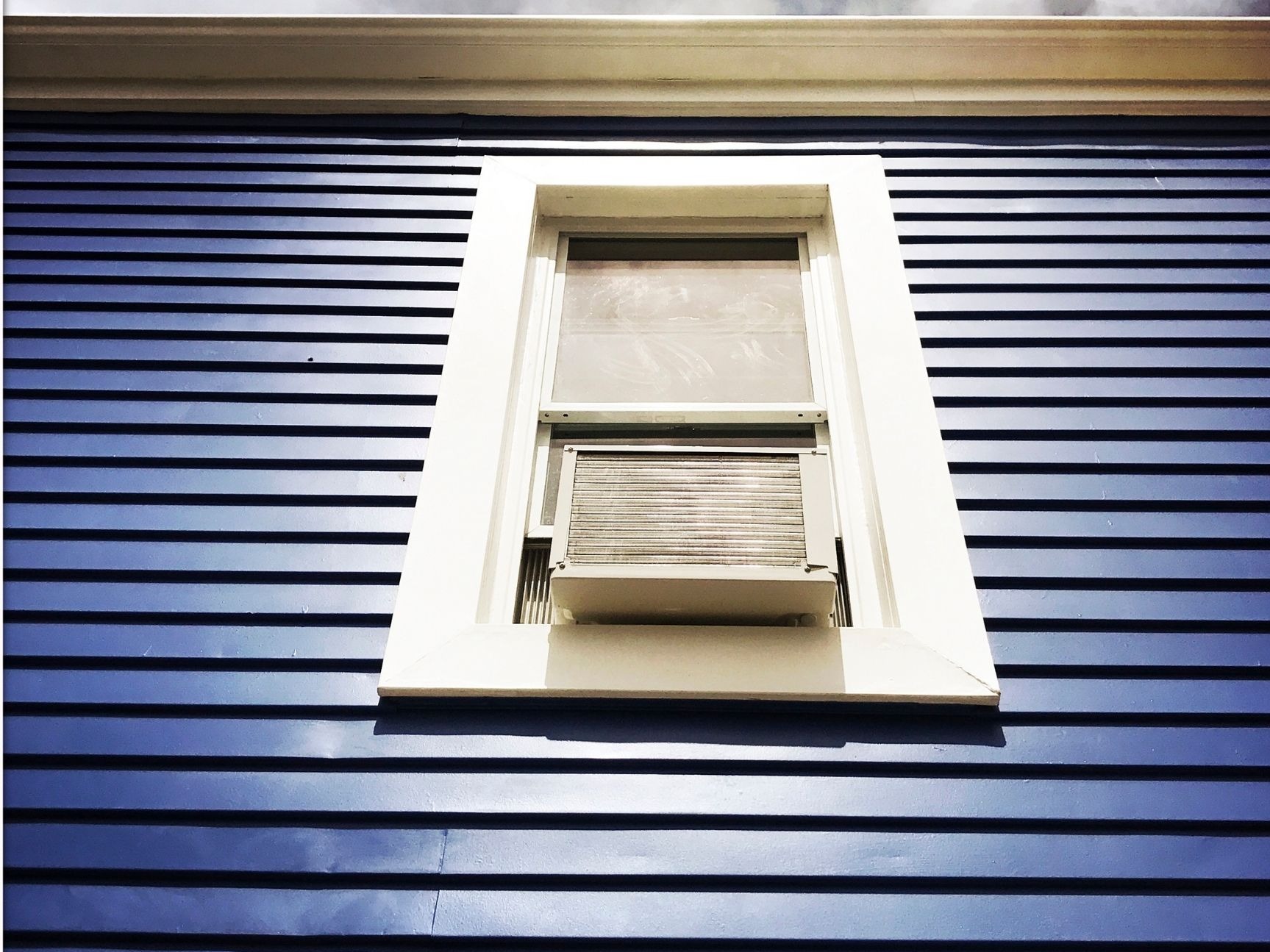

 Most
Most 
 Summary
Summary

 What can you put in a diffuser besides essential oils?
What can you put in a diffuser besides essential oils?
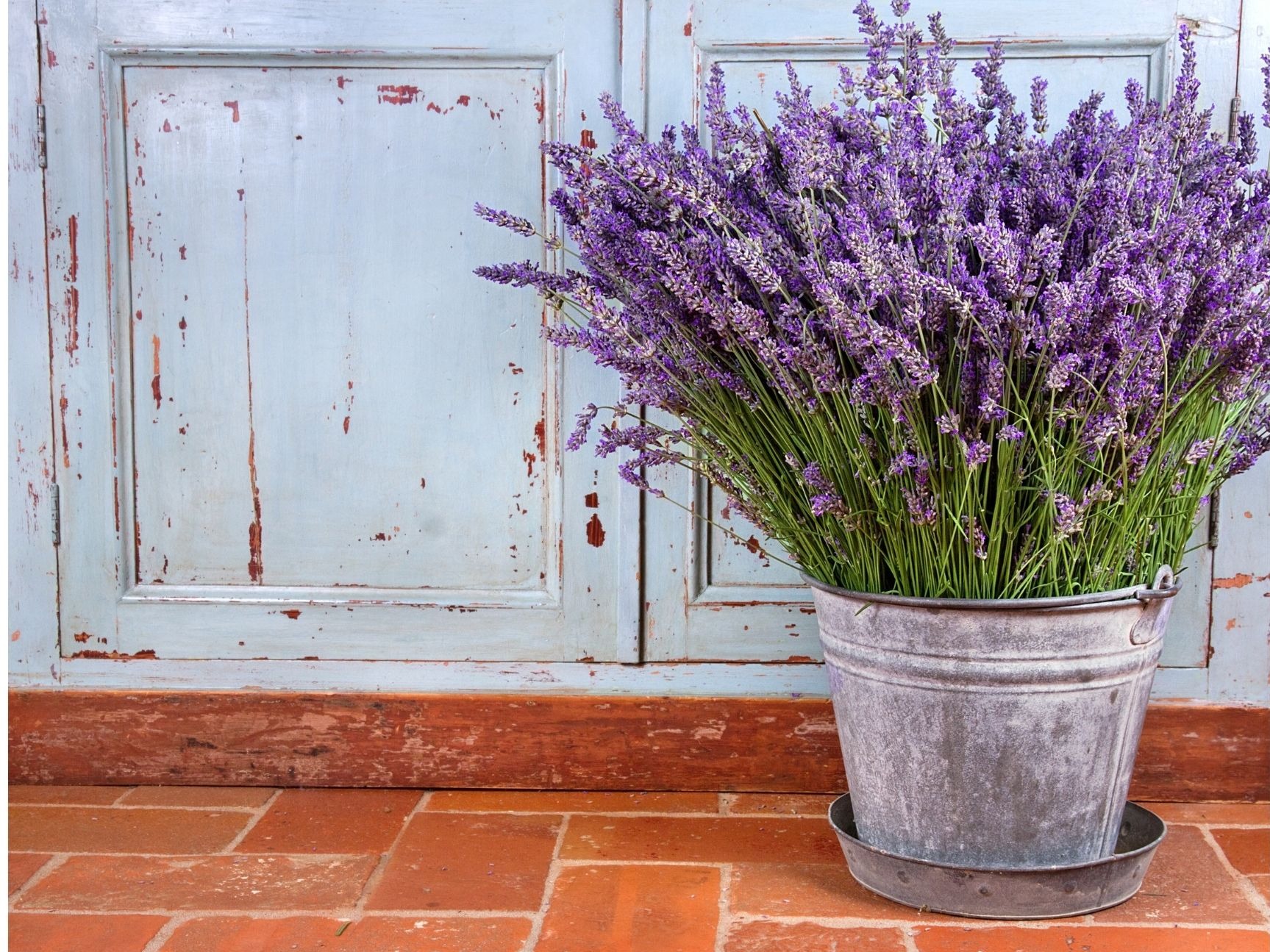 Can you put a vanilla extract into a diffuser?
Can you put a vanilla extract into a diffuser?
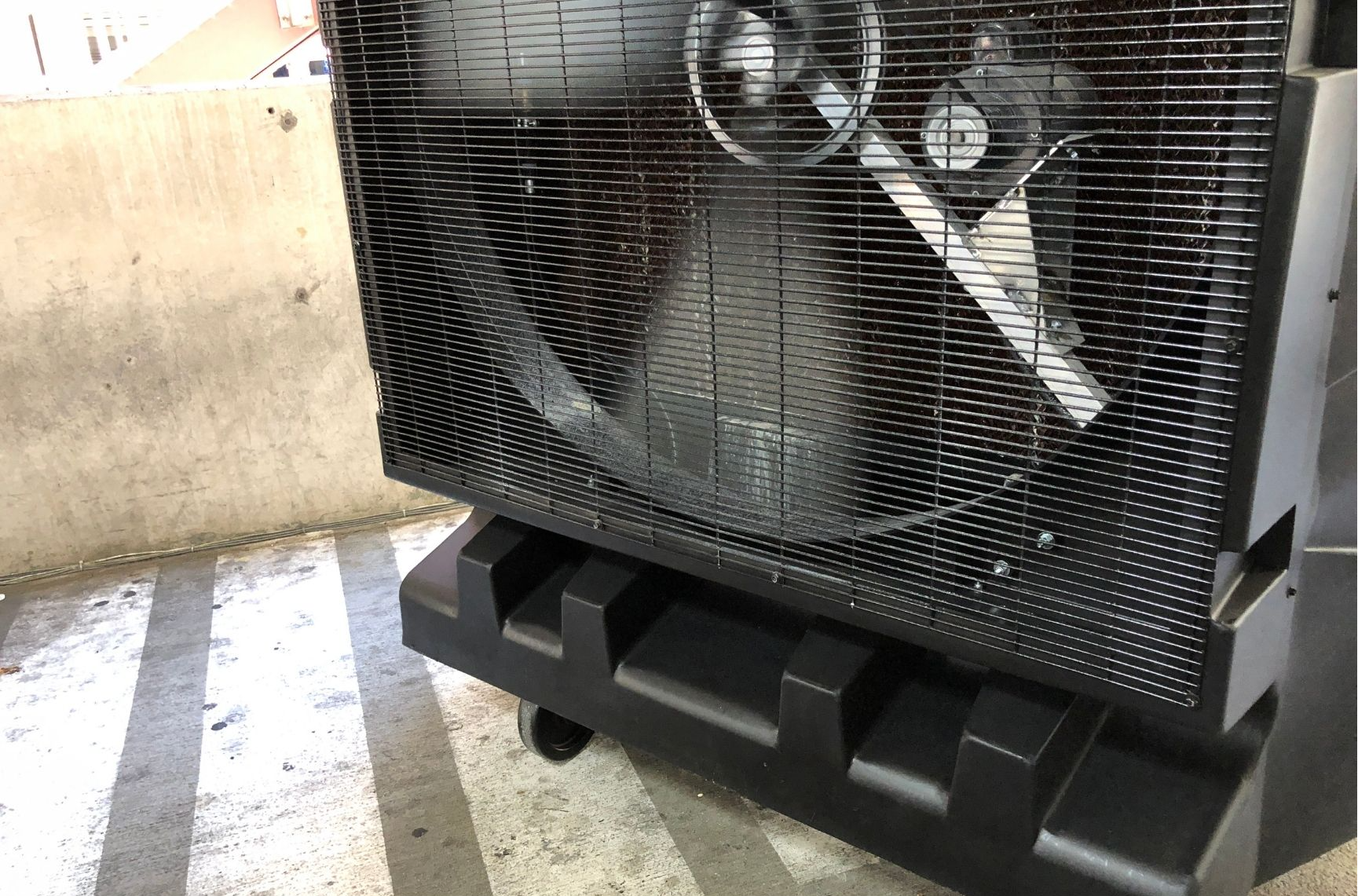


 When can you not use essential oils in a humidifier?
When can you not use essential oils in a humidifier?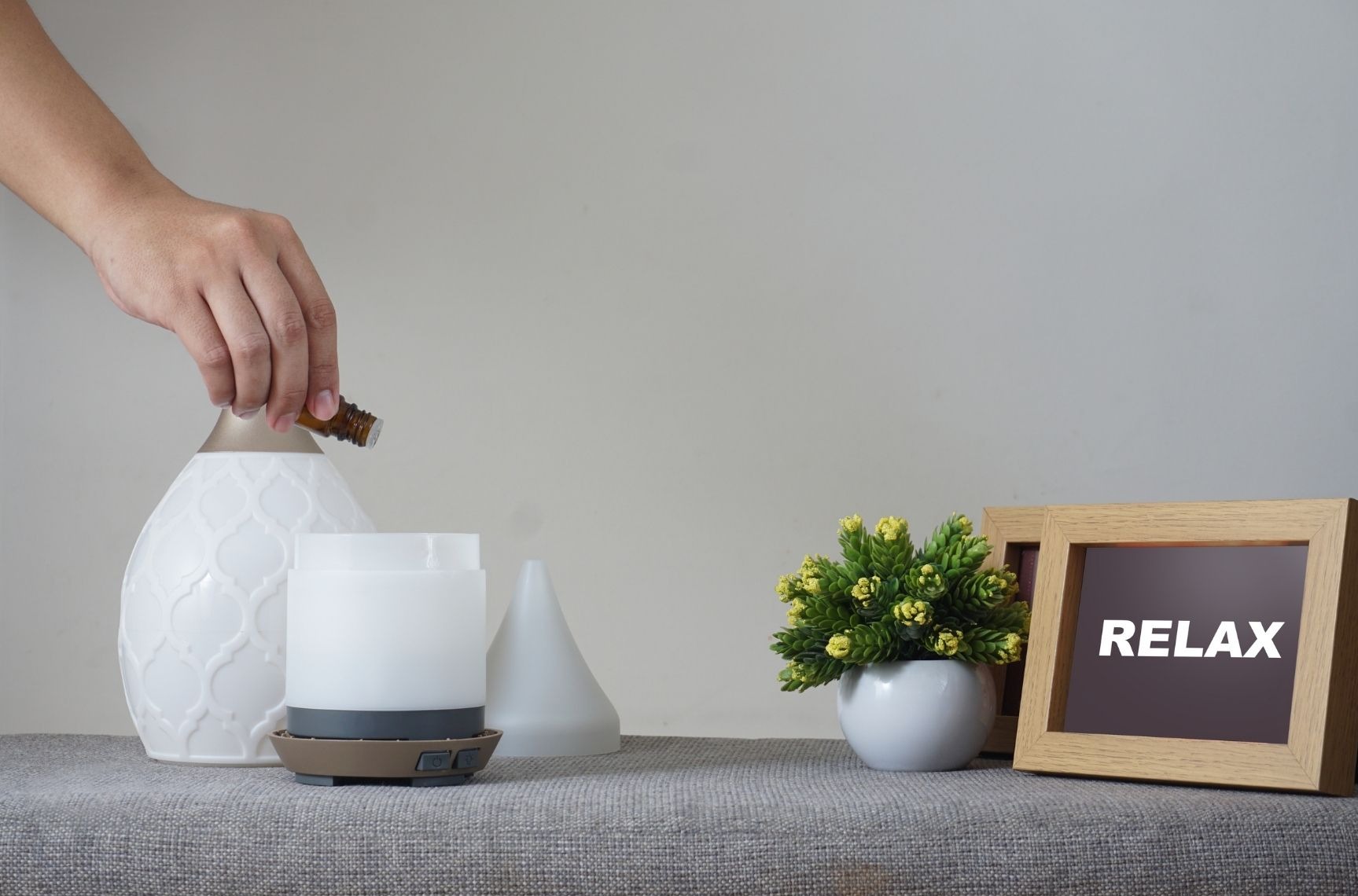 Conclusion
Conclusion
 Summary
Summary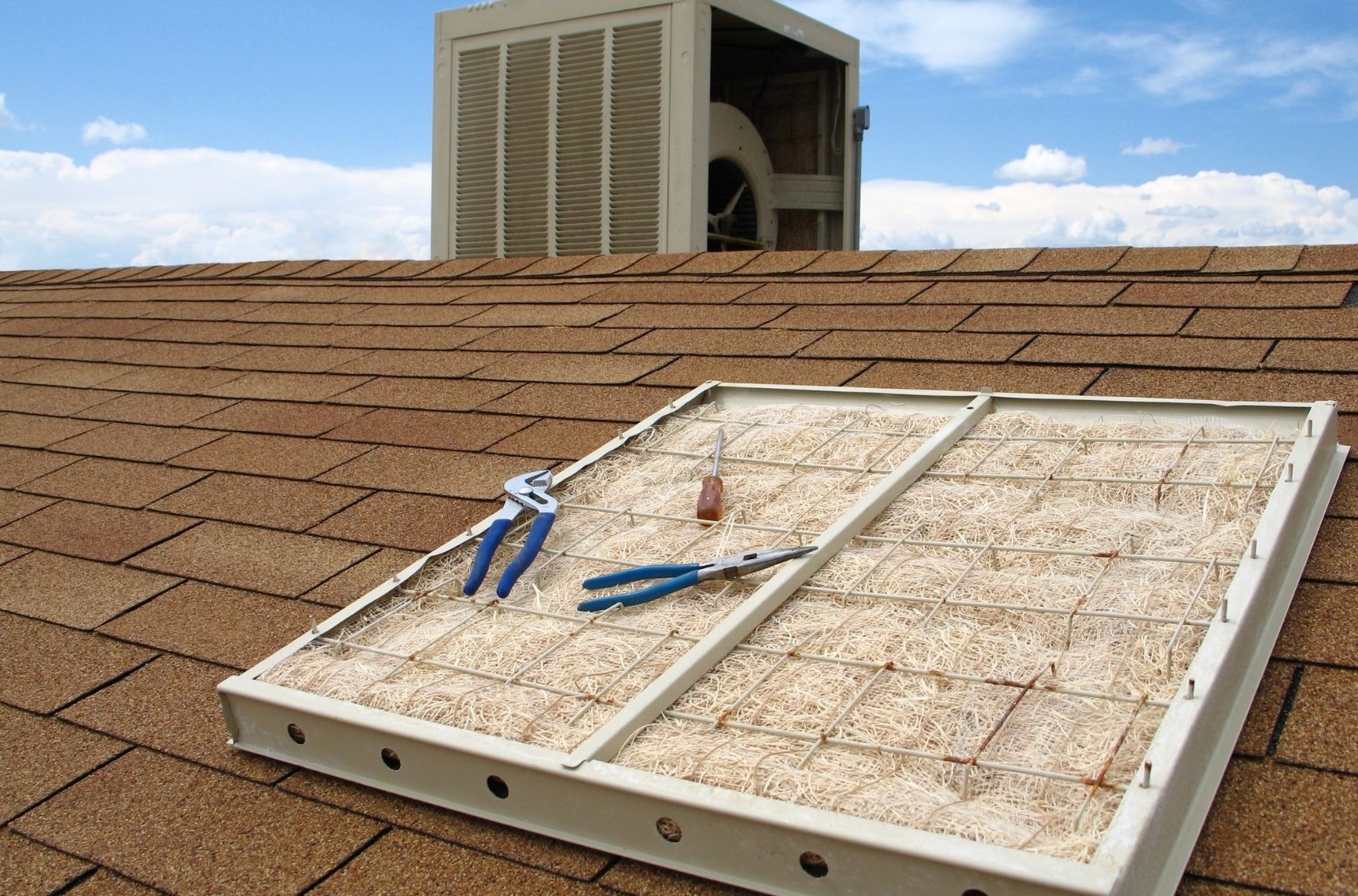

 Can you use an evaporative cooler with a dehumidifier?
Can you use an evaporative cooler with a dehumidifier?




